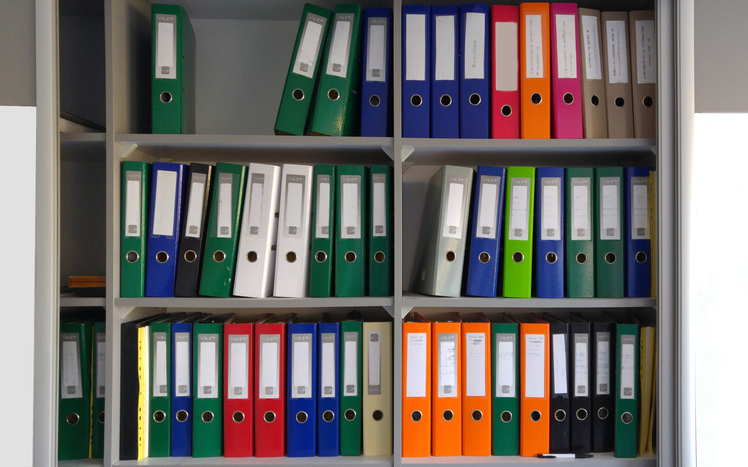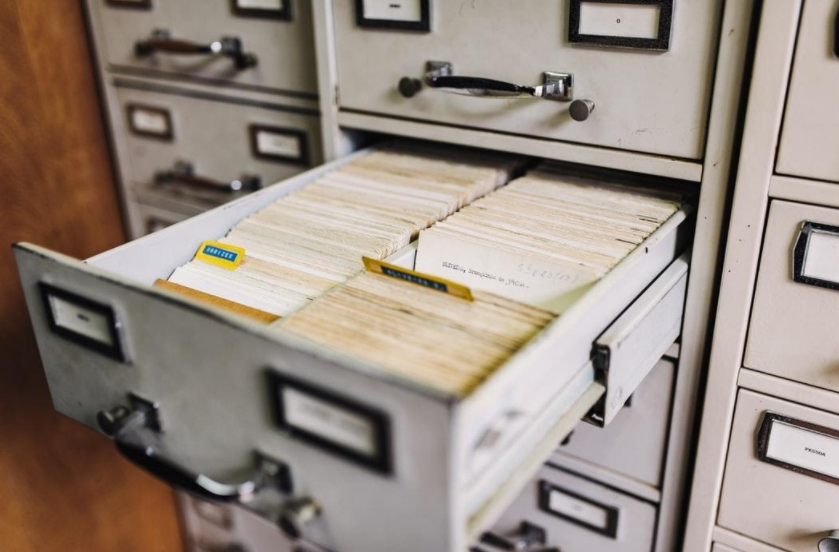Educational institutions might be at the top of the list regarding the number of documents they have to manage. Keeping track of the countless aspects of running a college or school takes a lot of effort, and having a thorough database of records is the only way to keep track.
However, paper documents pose many challenges that can not only increase overhead costs but also result in various issues that could put the entire institution in jeopardy. And when there are so many accessible document management solutions for schools, it’s no longer optional to stick with an old approach when there are much better opportunities available.
But how exactly could a document management system benefit your educational institution or the entire industry? Let’s explore below.
More Time for Students
The primary purpose of any educational facility is to provide a valuable and practical learning experience to its students. However, paperwork and tasks that relate to it have a way of forcing teachers and faculty to spend a big part of their time on tasks that don’t directly impact the students in any positive way.
But suppose you implement the right electronic document management system and forego paper records. In that case, everyone on staff can input and retrieve information much faster, which means that all the time saved can be put forth to give more attention to students and put them in the best position possible to succeed.
Reduced Storage Needs
Another key reason a document management system can be so valuable for educational facilities is that it can result in budget savings. Schools are forced to allocate many resources to physical storage for documents, which also have to be protected since they often contain sensitive student and teacher information.
Meanwhile, with electronic document management for schools, everything can be securely stored on the cloud, which means the savings can be passed on into more productive areas that help the school achieve tangible improvements.
It’s Environmentally Conscious
Educational institutions are supposed to embody the progress and higher morals that humanity strives for. And with the growing concerns about the impact of deforestation on climate change, most progressive organizations are moving away from paper records because of just how much waste it can create.
And since switching to an electronic document management system is so convenient, it makes even more sense to do it when it can also help the environment and position the educational institution as someone who cares about the future.
Today’s students and their parents often consider social responsibility when choosing a school they want to go to. As the movement for reducing the impact of climate change keeps growing, this will only become a more pressing matter for educational institutions worldwide.
More Security
One of the worst things that could happen to a school is having its data stolen or lost. The reputational damage alone can be a tough challenge to recover from. Then there’s the prospect of legal liability in case sensitive information about the students or staff falls into the wrong hands or gets leaked.
But unfortunately, no matter how much you invest in your paper records security, there will always be a human error factor that’s impossible to account for entirely. There isn’t a system that could completely guarantee the safety of sensitive documents.
And while a document management system is possible to breach, the advancing cybersecurity and cloud technologies make it less likely each year. Suppose the staff is adequately trained and knows what security practices to follow. In that case, you can rest assured that the documents will be protected from unauthorized access and the repercussions of a breach.
Simplify Processes
One of the best ways to provide an instant boost to an entire organization is to look for ways to streamline and simplify various processes continually. And an electronic document management system offers many ways to reduce the time it takes to fill out documents for students, teachers, and everyone else.
For instance, an electronic records system can significantly reduce the complexity of the admissions process, allowing students to submit all of the paperwork in one place without having to print and send each document individually. That can even make the educational institution more appealing, as it shows that the school embraces progress and is in line with today’s technology.
At the same time, teachers and faculty will have a much easier time sorting through applications, gaining more insights about each student, and having a more objective way to compare and contrast different applicants.
While implementing a document management system can take time and effort, you can partner up with a provider like Smooth Solutions, who can guide you through the entire process, share insights about the best approaches, and help you implement the right solution in your situation.




